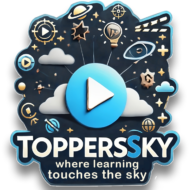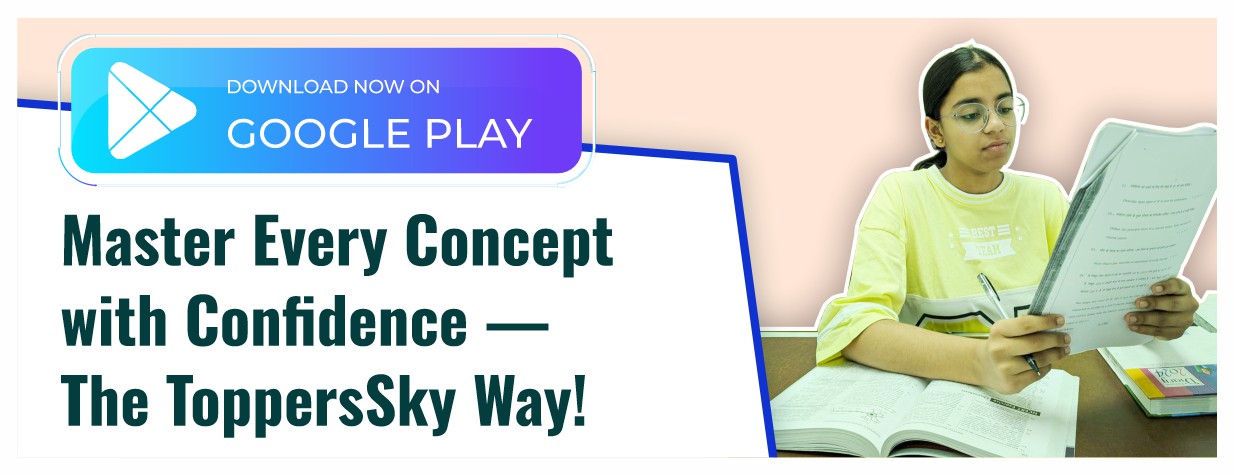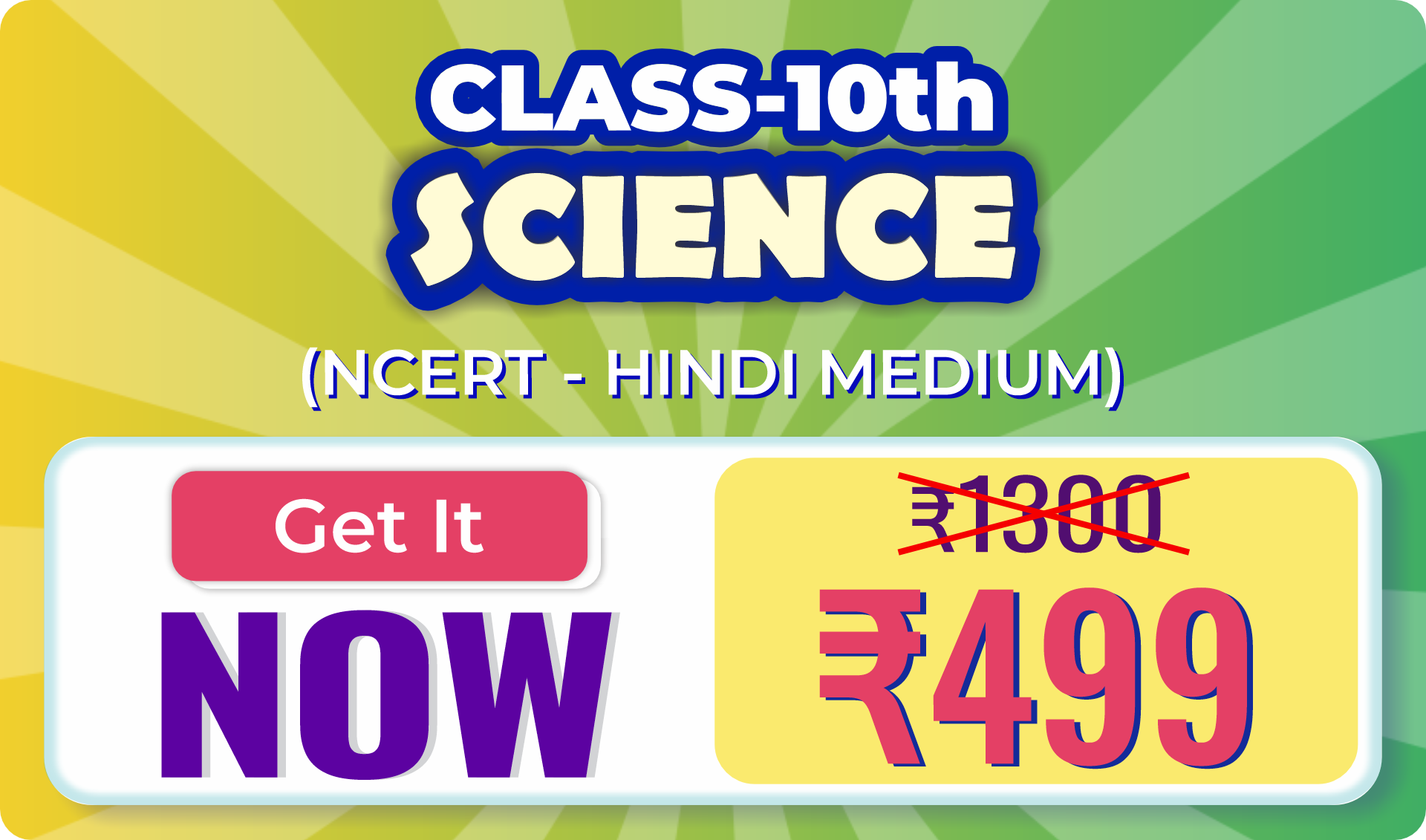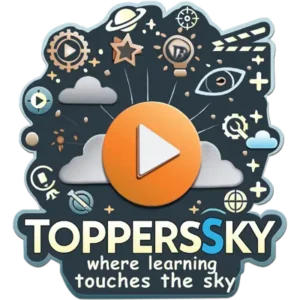In the fast-changing world of education, one major problem keeps popping to mind: “Which is better – Animated Learning or Traditional Study?” As the use of technology grows, learning methods are changing too. Classrooms are no longer only filled with textbooks and blackboards. Today, students can explore topics via animated learning videos, exciting tests, gamified lessons, and animated learning app like ToppersSky. These tools make use of 2D as well as 3D animated videos to help make the learning engaging and easy to comprehend.
However, is it more effective than traditional methods of learning? Are there ways to learn that are old-fashioned and have a distinct advantage? Let’s review Animated Learning or Traditional Study. Learn the advantages and drawbacks of both and discover which is the best option, especially for crucial classes like Class 10th.
What is Traditional Learning
Traditional learning refers to traditional schooling where students are taught via the use of textbooks, oral instruction, along written notes, as well as blackboard instruction. This is the method that most of us were raised in: structured, teacher-driven, and focused on discipline.
Pros of Traditional Learning:
1. Individualized Teacher Guidance
In traditional classrooms, students are provided with direct support and instant answers from their teachers, assisting them to understand difficult subjects.
2. Discipline and Routine
The rigid school schedule encourages discipline and a consistent studying routine that is crucial for long-term academic performance.
3. Social Interaction and Development
Physical classrooms enable students to collaborate, interact, and improve their communication skills. This is vital to their overall development.
4. Structured Curriculum
Lessons are planned and aligned to the school curriculum, providing full coverage of all the academic subjects.
Cons of Traditional Learning
1. Limited Engagement
Depending solely on notes and reading can lead to a monotonous learning experience, particularly for visual or auditory learners.
2. One-Size-Fits-All
The speed and pace of teaching might not be suited to the different learning speeds and learning styles of students.
3. Lack of Flexibility
Students cannot go back to lessons any time they’d like. If they fail the class or aren’t able to understand the concept, it can be difficult to catch up.
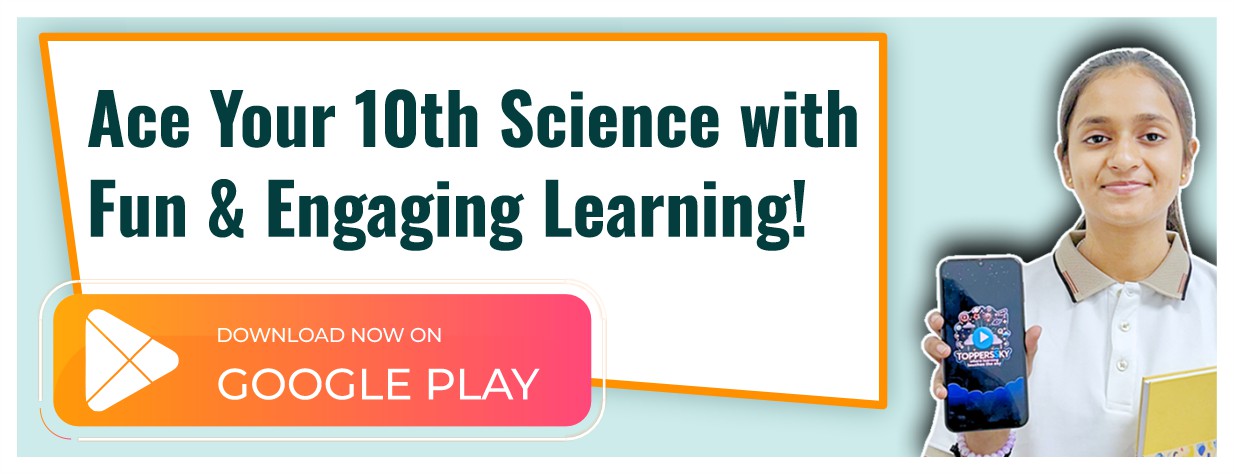
What is Animated Learning?
In the past, the education system was based on traditional education. It consisted of simple texts, long explanations, and boring visuals. What was not there? Engaging and emotional connection. This reduced the excitement of learning and led to a decrease in interest and comprehension, particularly in complex subjects, such as Science and Math.
Then animated learning became a reality! It filled the gap with interactive graphics as well as 3D animations that capture the attention of learners and create an understanding of the subject. The modern method of learning makes difficult concepts easier to grasp and more fun. Platforms such as ToppersSky, which is an animated learning application, make science lessons come to life through 2D/3D animations, interactive Q&As, and notes. These tools transform boring lessons into engaging visual experiences, helping students comprehend and retain.
Key Benefits of Animated Learning
1. Emotional Connection to Characters
Animations are often based on appealing and easily recognizable characters. If students can connect emotionally with the characters, to their learning process and help them remember the information more effectively. It makes learning more memorable and personal.
2. Interactive Learning Experience
Interactive learning features tests, clickable activities, as well as hands-on activities. Instead of listening or reading, students are actively involved, which allows them to learn more thoroughly.
3. Visual Learning Made Easy
Things like Science and Math are more interesting when they include animations, color, motion, and sound. These visuals aid students in understanding more than reading from a textbook.
4. Adapts to Every Student’s Style
Each student is unique. Some learn through seeing, while others learn through hearing, and some learn through doing. Animated learning is a great tool for all three of these: auditory, visual, and Kinesthetic learning. Thus, every child can learn their way.
5. Instant Feedback for Faster Improvement
Students in traditional classrooms typically receive feedback on tests days after they have been completed. However, animated learning platforms provide immediate responses to exams. This allows students to correct their mistakes fast and speed up learning.
6. Simplifies Hard Concepts
Questions like solar energy, electricity, or algebra can be complicated with just diagrams or words. With visualizations in 3D, complicated subjects are broken down and simplified.
7. Learn at Your Own Pace
In a normal class, students all follow the same schedule. However, in the world of animated learning, they have the option to play, pause, or replay videos. So, they can study at their own pace and will never be out of reach.
8. Anywhere, Anytime Learning
There’s no need for a classroom for learning! Through animated learning, students can use tablets, phones, or laptops for studying at home, during an excursion, or at any time they’d like. This makes education simple and adaptable.
Why Students Love Animated Learning
Students who make use of platforms like ToppersSky report feeling more confident and clearer about topics. They find that difficult chapters now appear easy and enjoyable, and they are more interested in studying rather than avoiding it.
One student told:
Before the introduction of animated movies, it was difficult for me to comprehend Science diagrams. Now, I understand everything! It’s simple and enjoyable.
So, Which is Better?
The traditional as well as animated methods of learning have strengths. However, in the modern world of speed and pace, animation is more fun, flexible, adaptable, and efficient. It aids students in understanding more quickly, retaining longer, and having fun more.
However, a combination of both methods known as blended learning, is the best choice. Traditional learning provides discipline and human support, whereas animated learning brings the ability to be creative and flexible. Together, they provide the ideal learning environment.
Conclusion
In the current, fast-paced world of education, it’s evident that animation is an innovative and engaging approach to learning, particularly for subjects such as Science and Math. While traditional education has its merits, it’s not always enthusiasm and clarity that students of today require. With platforms such as ToppersSky, students can learn using fun images as well as interactive content and adaptable tools that fit their learning style and pace.
Through combining entertainment and educational animation, these apps not only help students learn but also aid students in building more knowledge and self-confidence. This isn’t just about working harder, it’s about doing it better. With appropriate tools, any student will be able to enjoy learning and excel on their tests.


